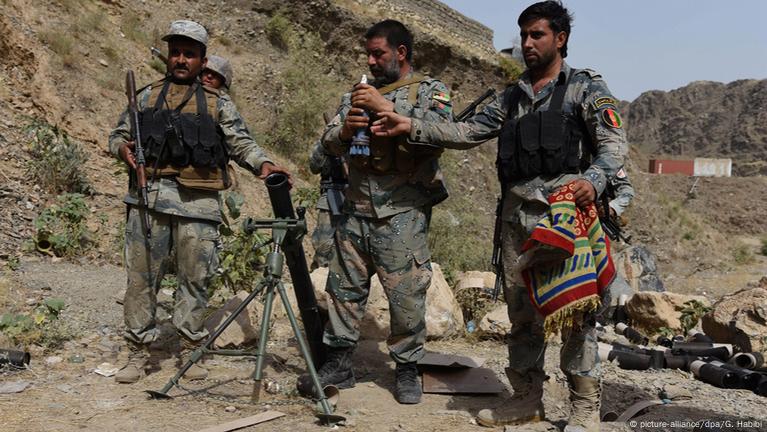Now Reading: Pakistan and Afghanistan Announce 48-Hour Ceasefire After Deadly Border Clashes
-
01
Pakistan and Afghanistan Announce 48-Hour Ceasefire After Deadly Border Clashes
Pakistan and Afghanistan Announce 48-Hour Ceasefire After Deadly Border Clashes

Pakistan and Afghanistan have agreed to a 48-hour ceasefire following intense border clashes that left several casualties on both sides. The truce, confirmed by Islamabad, reportedly came at the request of Afghan authorities and aims to prevent further escalation along the tense frontier region.
The recent violence erupted near the Chaman-Spin Boldak crossing, a key trade and transit route between the two countries. Both nations have accused each other of initiating the firing that resulted in military and civilian deaths. The border has long been a flashpoint, often witnessing clashes over fencing, smuggling routes, and disputed territories.
Pakistani officials said the temporary ceasefire is meant to allow calm to return and enable humanitarian support for those affected in nearby villages. Security forces have been placed on high alert as negotiations continue through diplomatic and military channels.
Afghanistan’s interim administration, led by the Taliban, has expressed its willingness to maintain peace but also accused Pakistan of violating border norms. On the other hand, Pakistan insists that it only retaliated to unprovoked fire from the Afghan side.
Experts say the truce offers a small but crucial window for dialogue between the two neighbours. The border, known as the Durand Line, has been a historical point of contention since colonial times. Tensions have worsened in recent months due to militant activity and cross-border infiltration claims.
For residents living near the frontier, the ceasefire brings temporary relief after days of fear and uncertainty. Trade movement, which had come to a halt due to the fighting, is expected to resume partially under military supervision.
Whether this short ceasefire can translate into a lasting peace remains uncertain. Both sides face domestic and regional pressures, and without a broader agreement, such temporary pauses may only delay the next flare-up. For now, the 48-hour calm stands as a fragile step toward preventing further bloodshed.

























